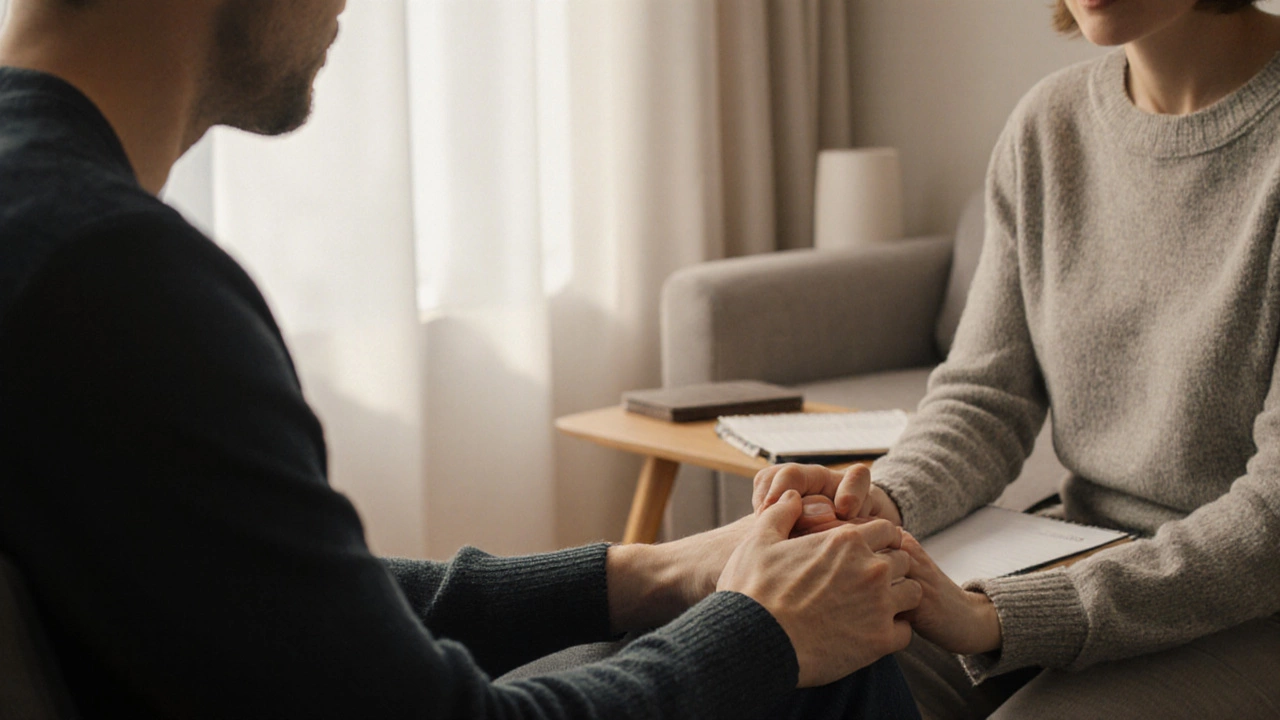Psychotherapy Cues: Spotting the Signals That Improve Your Mental Health
Ever walked out of a therapy session and thought, “What just happened?” The truth is, therapists drop subtle signals—called psychotherapy cues—every minute. Those cues help you understand your thoughts, feelings, and actions better. Knowing what to watch for can make self‑help work even when you’re not in the office.
What Are Psychotherapy Cues?
Psychotherapy cues are tiny verbal or non‑verbal hints a therapist uses to guide the conversation. They might be a change in tone, a repeated word, or a pause that invites you to dig deeper. For example, a therapist might say, “Tell me more about that,” and then stay silent. That silence is a cue, urging you to fill the gap with your own insights.
How to Recognize Common Cues
1. Repetition. When a therapist repeats a word or phrase, they’re highlighting its importance. Pay attention and ask yourself why that theme keeps popping up.
2. Mirroring. If your therapist mirrors your body language—crossing legs when you do—it’s a way of building trust and showing empathy. Try mirroring yourself to notice how your posture changes with mood.
3. Gentle Challenges. A therapist may gently contradict a belief (“Are you sure that’s true?”). This cue pushes you to question automatic thoughts and consider alternatives.
4. Summaries. At the end of a session, the therapist often summarizes key points. That’s a cue to remember the main takeaways and apply them during the week.
5. Silence. A few seconds of quiet can feel awkward, but it’s intentional. Use the pause to explore feelings you might usually skip.
Putting Cues to Work in Daily Life
Once you know the cues, you can practice them on your own. Start a simple journal: write down moments when you notice a repeated thought or a sudden pause in conversation. Ask yourself what the cue might be trying to show you.
Another trick is to set a “cue alarm” on your phone. Every time you get a notification, pause for a breath, notice what you’re feeling, and label it—anger, anxiety, excitement. That habit trains the brain to catch cues before they turn into reactions.
If you’re in a group discussion, watch for mirroring. When someone leans forward, you might also lean forward, signaling you’re truly listening. This small adjustment can make the conversation smoother and more supportive.
When Cues Feel Overwhelming
Sometimes cues surface a lot of hidden emotions. That can feel intense. In those moments, grounding techniques help: place your feet firmly on the floor, count to five, and focus on your breath. You’re giving yourself space to process before you act on the cue.
Remember, therapy isn’t a magic fix; it’s a toolbox. Cues are just one tool, but they’re powerful because they point you toward self‑awareness. The more you practice spotting them, the easier it gets to turn insight into action.
Ready to try? Pick one cue type—maybe repetition—and notice it in the next conversation. Write down what you learned and share it with a friend or therapist. You’ll see how a small signal can lead to a big shift in how you feel and respond.





